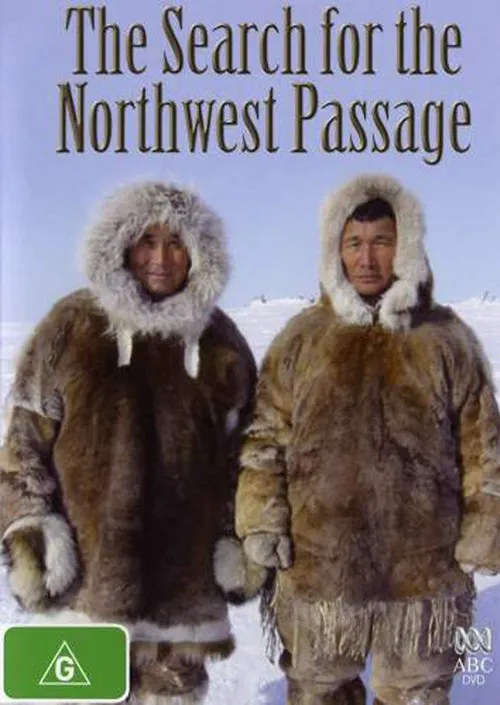The Search for the Northwest Passage

Plot
The quest for the Northwest Passage, a mythical waterway through the treacherous Canadian Arctic, has captivated the imagination of explorers, sailors, and mapmakers for centuries. This elusive route, connecting the Atlantic Ocean to the Pacific, had been the subject of speculation and debate since the Age of Exploration. The passage's existence had been a topic of discussion among the greatest navigators of the time, with many believing it to be a shortcut between the two major oceans. Two men, Sir John Franklin and Roald Amundsen, took up the challenge, driven by their insatiable desire for discovery and glory. As a seasoned naval officer and explorer, Sir John Franklin had spent his entire life at sea. Born in 1786 on a British Navy ship, Franklin had served in various capacities around the world, including the Pacific and Arctic regions. His experience and reputation earned him the respect of his peers, and he was appointed the commander of a British Royal Navy expedition to explore and map the Canadian Arctic. The expedition, which set sail in 1845, aimed to locate the fabled Northwest Passage, which many believed could be a strategic route for trade and commerce. Franklin's team consisted of experienced sailors, scientists, and explorers, all eager to make history. However, their endeavor was marked by inadequate planning, outdated equipment, and inadequate provisions for the harsh Arctic environment. The men were not adequately prepared for the extreme temperatures, lack of food, and physical strain they would face in the Arctic. Despite these challenges, Franklin remained determined to find the Northwest Passage, convinced that it was a matter of national pride and strategic importance. In contrast, Roald Amundsen, hailed from a humble background in Norway. Born in 1872, Amundsen was an ambitious young man who had been fascinated by the Arctic since his childhood. He had studied geography and navigation, and had spent years sailing in the Arctic regions. Amundsen's approach was vastly different from Franklin's, as he was driven by scientific curiosity rather than national pride. He saw the Northwest Passage as a challenge to be overcome, a puzzle to be solved, and was determined to be the first person to navigate it. The two men, Franklin and Amundsen, took different routes to reach the Canadian Arctic. Franklin sailed through the Baffin Bay, while Amundsen navigated through the northernmost part of the Canadian coast, where the sea ice was thicker and more treacherous. Despite the challenges they faced, both men persisted in their quest to find the Northwest Passage. The years that followed were marked by a series of disasters and setbacks. Franklin's expedition, which had set sail with high hopes and expectations, became mired in a series of mishaps, including equipment failures, harsh weather conditions, and disease. The men struggled to stay afloat in the face of adversity, but Franklin's leadership and determination kept the team going. Meanwhile, Amundsen's expedition was marked by moments of triumph and setbacks. In 1903, Amundsen made history by becoming the first person to navigate the Northwest Passage. He sailed into the Pacific Ocean, having successfully navigated the treacherous waters of the Canadian Arctic. His journey took 62 days, a remarkable feat considering the challenges he faced. The news of Amundsen's achievement sent shockwaves around the world, and he was hailed as a hero in Norway and beyond. Franklin's expedition, on the other hand, ended in tragedy. His team perished in the harsh Arctic environment, with some estimates suggesting that up to 120 men died during the expedition. Franklin's journals, which were recovered years later, told the story of a team that had lost hope and morale, struggling to survive in a seemingly endless and unforgiving environment. The search for the Northwest Passage was a defining moment in the history of exploration, showcasing the bravery, resilience, and determination of men who pushed the boundaries of human knowledge. While Franklin's expedition ended in tragedy, it contributed significantly to the understanding of the Canadian Arctic region. Roald Amundsen's achievement marked a new era in Arctic exploration, one that emphasized scientific discovery over national prestige. The search for the Northwest Passage will always be remembered as a testament to human ingenuity and perseverance. It was a defining moment for two men, who took on the challenge of navigating the fabled route and discovering the Canadian Arctic region. Their stories, Franklin's tragic failure and Amundsen's heroic success, serve as a reminder of the importance of perseverance and determination in the face of adversity.
Reviews
Recommendations


